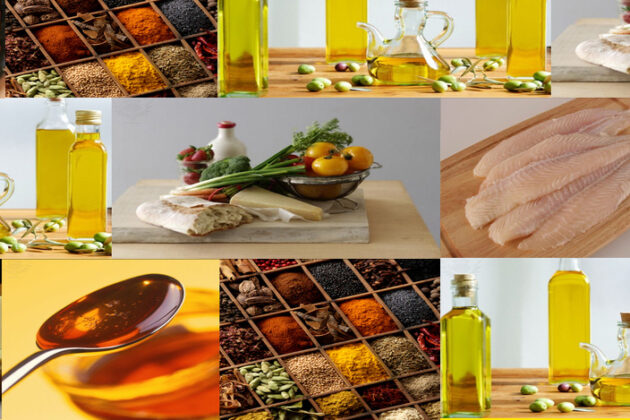Dedicated website against food crime

Would you like a better overview of food crime? In the context of an EU project, Nofima has been involved in developing a website that collects research results and news about food faking from all over the world.
Most people remember when the news emerged that cheap horsemeat was being used instead of beef in lasagne and other food products sold in Norway and Europe. The scandal created strong reactions, but in spite of strict laws and regulations, similar attempts at food crime are still being detected at regular intervals.
Food crime is a very wide-ranging area. It may include faulty quality labelling on a product, misleading information on the product’s origin and omitting information about ingredients.
“Some food crimes mean that the quality of the product is poorer but still edible. In the worst cases, other crimes can actually be harmful to consumers’ health,” says Patrick Berg Sørdahl, research scientist at the food research institute Nofima.
International collaboration
Sørdahl believes that a globalised food industry requires a combined international effort to expose and inform about food crime.
“Take pre-processed food as an example. This often contains ingredients from several countries. This means that news of food scams in one country may be highly relevant for the rest of us,” he says.
Research scientists and representatives from twelve European countries have therefore joined forces to create the website FARNHub (Food Authenticity Research Network Hub).
This is part of the EU-funded network project “Authent-Net”, the participants of which have extensive expertise in food and its origins.
Filling a gap
The purpose of the project is to make it easier for research scientists and institutions to quickly inform themselves about what ongoing and completed research about food crime exists. The website is still available to everyone, but its initial task is to align information flows about food crime from research and credible sources.
Sørdahl believes the website’s function fills a gap.
“Local and national databases exist, but FARNHub gives us a global overview that is available to everyone. It also collects information that individuals used to have to discover on their own,” he says.
“Food fraud finder”
The website uses what is known as a searchbot to gather information. Selected words and expressions that are often used about food crime have been fed into it.
“You could call it a ‘food fraud finder’. Right now it is searching out 44 different English words and expressions that are commonly used when discussing food crime,” says Sørdahl.
The articles that are flagged may be about anything from restaurants that have been checked after suspected food fraud to serious findings on the use of hazardous substances in food production. The searchbot is continuously supplying a database with research results and news from all over the world.
“When it gets a hit, it sends the article to us. Then we check whether the find is relevant before it is published.”
Constantly learning
The software also learns as it goes along, as items are approved or rejected.
“It begin with it missed the mark with about half of the articles, but after only three months it was 80 per cent right. Now it is sniffing out between five and ten items a day to warn us about,” says Sørdahl.
The Nofima research scientist hopes the project can contribute to a more collective international effort among researchers to reveal various forms of food crime.
Visit the website
Contact person
Topics
Food fraud
Projects
